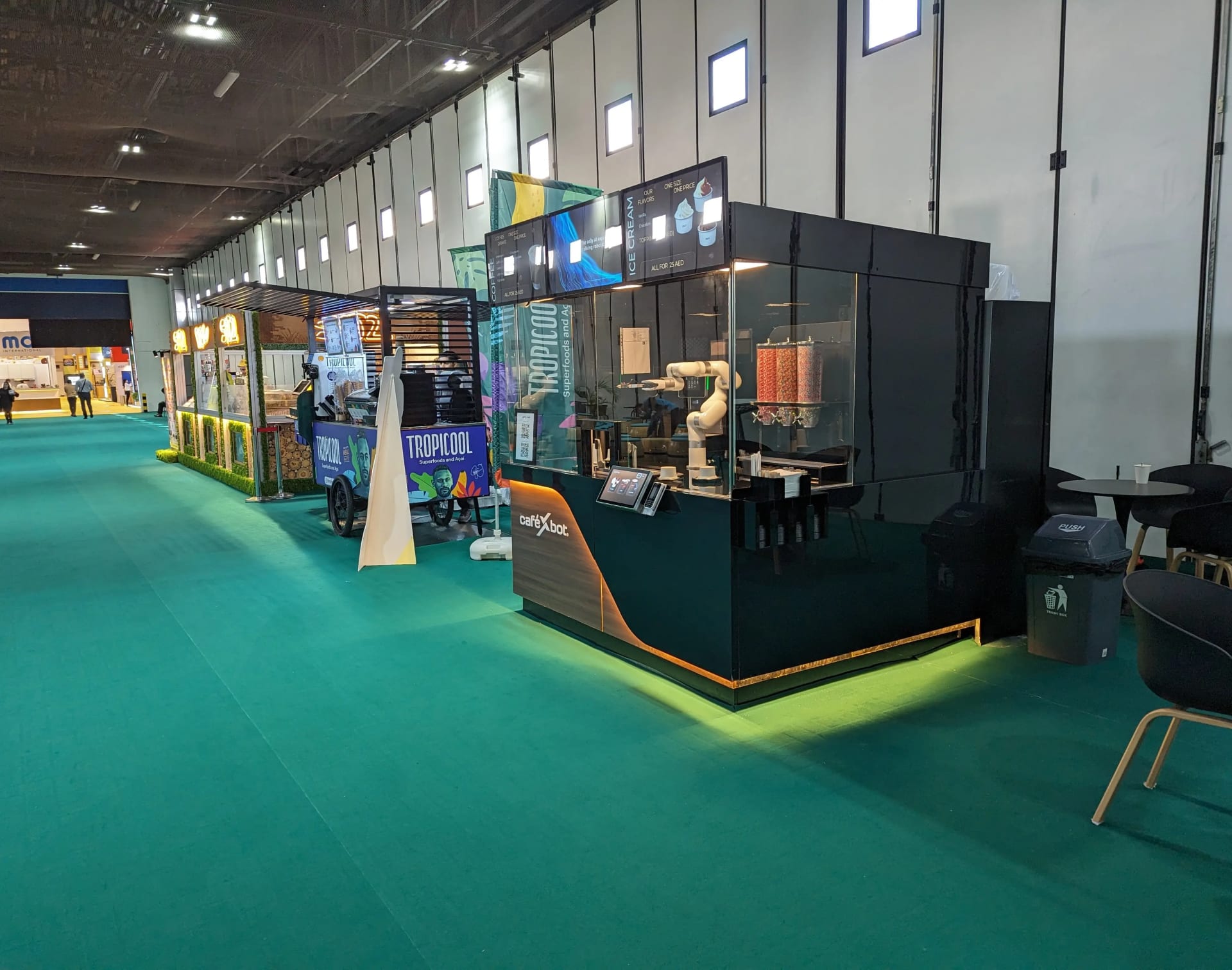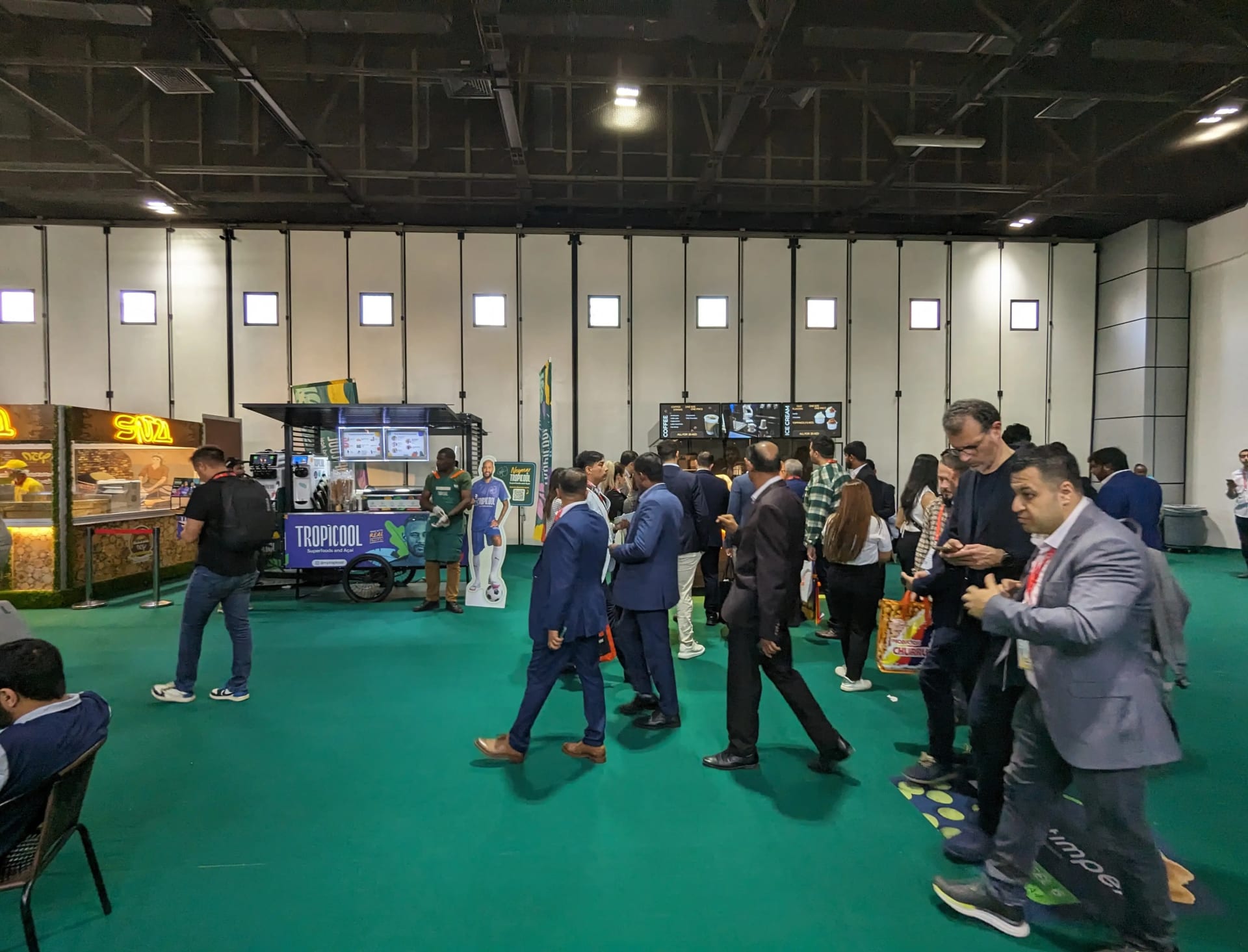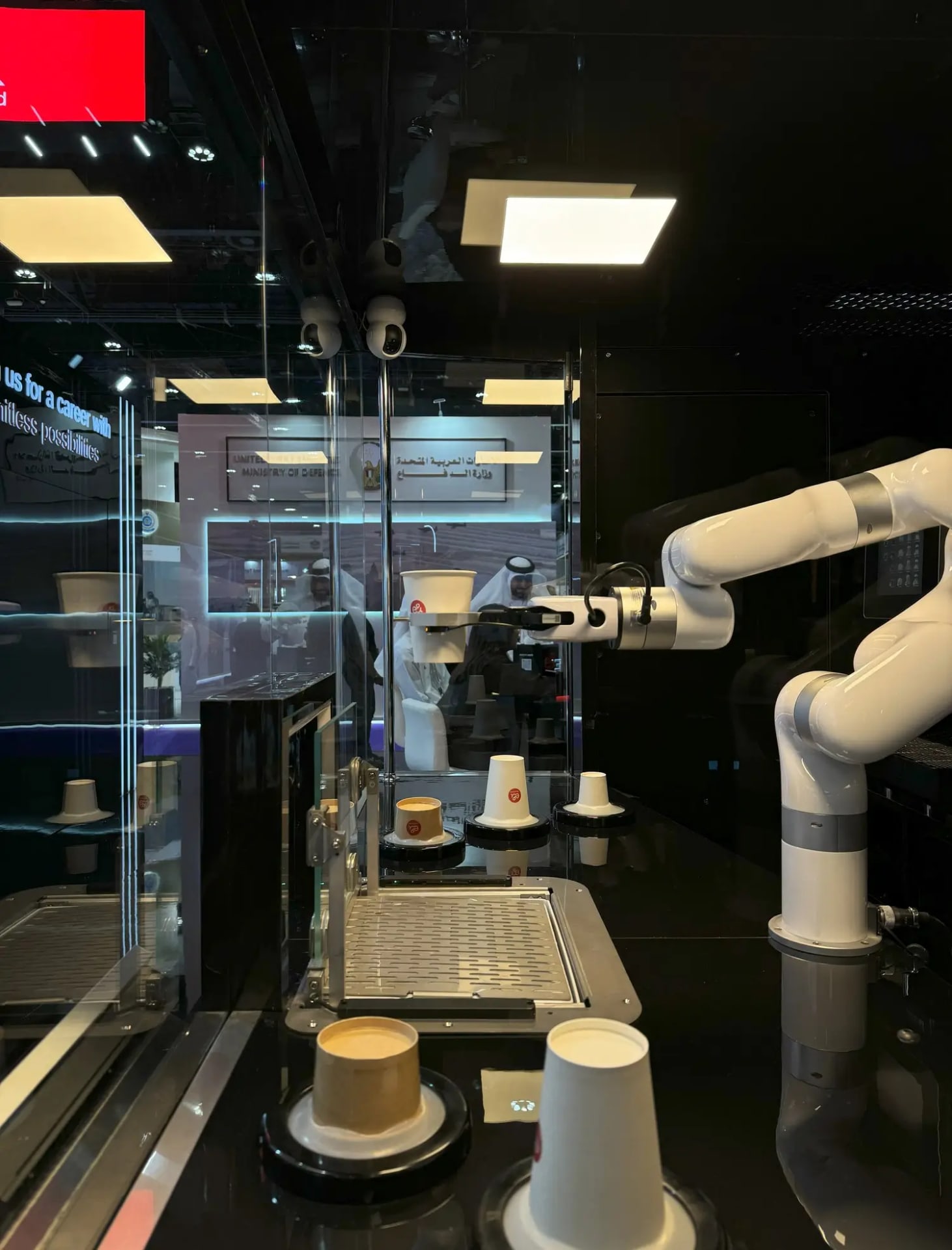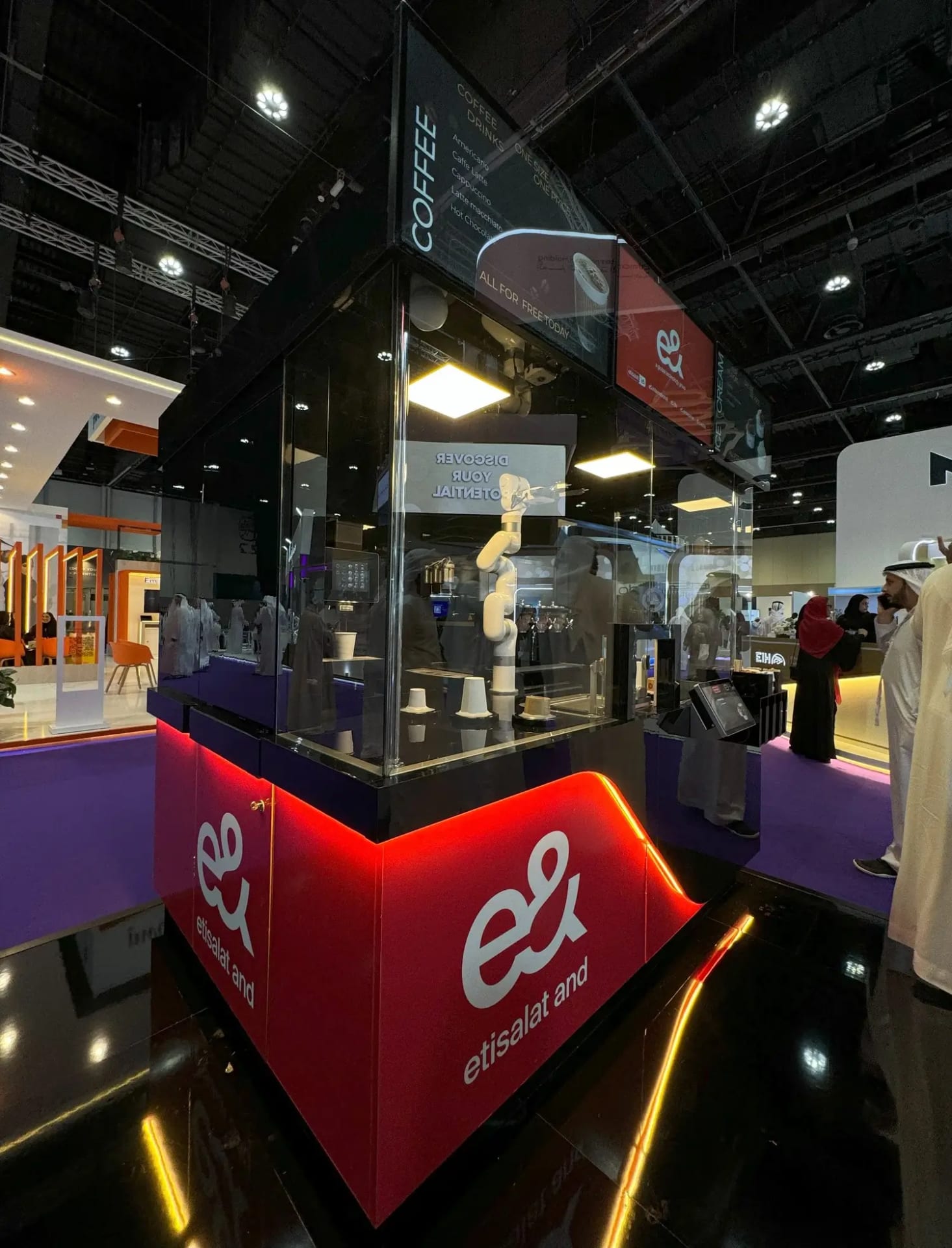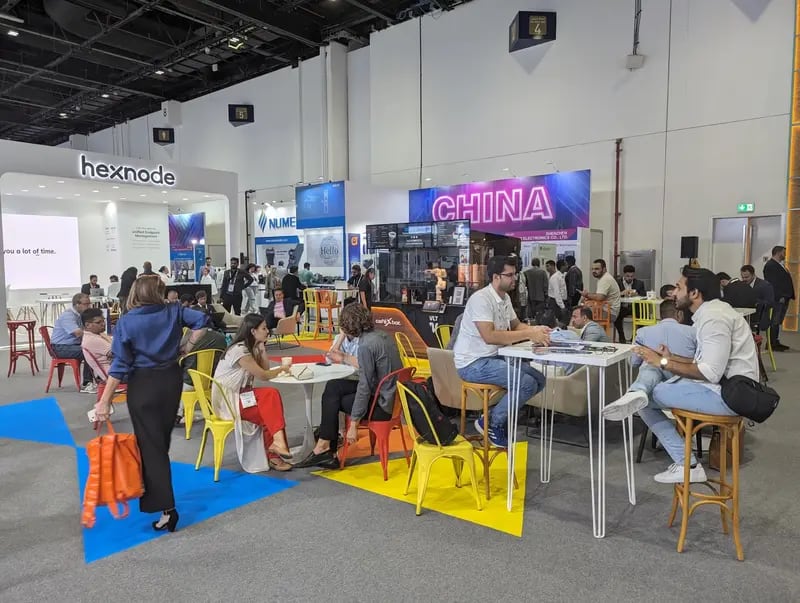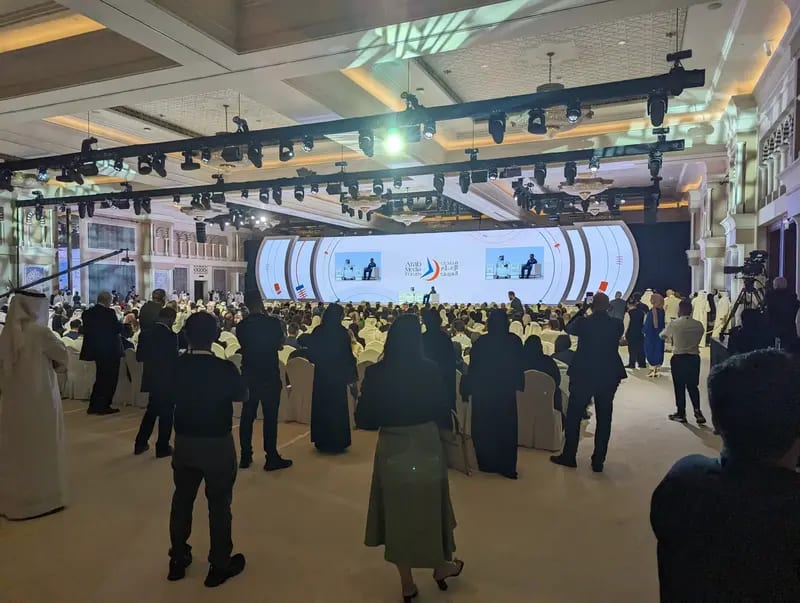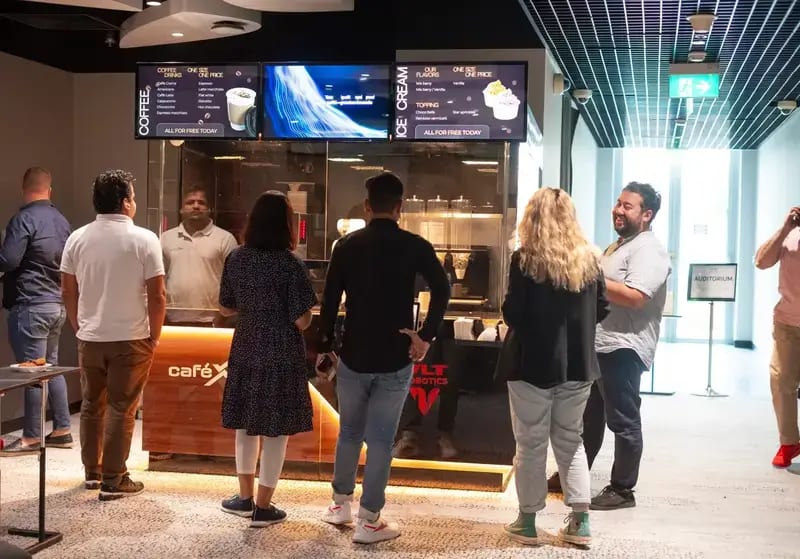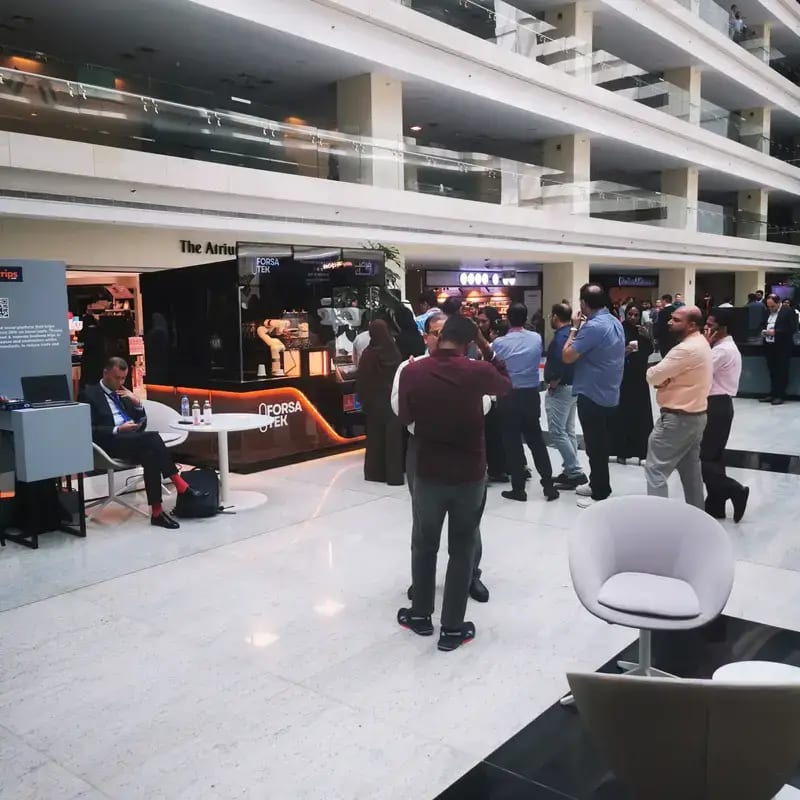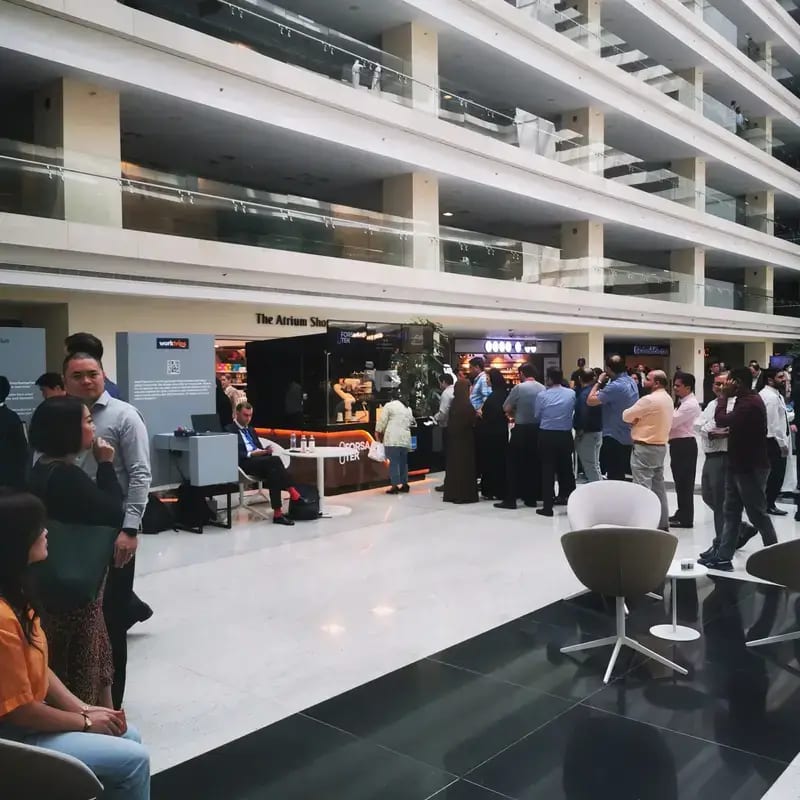What is a Robot Coffee Machine Business?
A Robot Coffee Machine Business is an advanced automated café system designed to prepare and serve fresh coffee without the need for a barista. Unlike basic vending machines that dispense pre-mixed beverages, a robot coffee machine uses real beans, milk, and recipes to deliver café-quality drinks through robotic automation.
Key features that define a robot coffee machine business:
- Automation at its core – Uses robotic arms or automated modules to grind beans, brew coffee, froth milk, and serve.
- Consistency in quality – Every cup is brewed with precision, ensuring customers get the same taste every time.
- Touchless convenience – Most models allow app-based or screen-based ordering, making it hygienic and user-friendly.
- Scalability – Suitable for both small businesses and high-traffic commercial hubs.
In simple terms, a robot coffee machine combines the art of a barista with the efficiency of automation. It brings café-style beverages to places where hiring staff or running a traditional café may not be practical.
Why Robot Coffee Machine Business Are Ideal for High-Traffic Locations
A robot coffee machine business is perfectly suited for busy environments where speed, quality, and convenience matter most. In high-traffic locations such as airports, malls, train stations, or office complexes, people seek quick service without compromising taste, and that’s exactly where robotic coffee automation excels.
Reasons Robot Coffee Machine business Excel in High-Traffic Areas:
- 24/7 Operation – Unlike staffed cafés, they never close, making them available for late-night travelers or early-morning workers.
- Fast Service – Most machines can prepare a cup in under two minutes, reducing waiting times even during rush hours.
- Space-Efficient – A compact unit can replace or complement a large café setup, saving rental costs in premium locations.
- High Capacity – Designed to handle hundreds of servings daily, they keep up with constant customer demand.
- Hygienic and Contactless – Automated preparation reduces human handling, an important factor in crowded places.
In essence, a robot coffee machine business allows you to serve large volumes of customers efficiently, making it one of the smartest investments for any high-traffic location.
Business Benefits and ROI for Investors
A Robot Coffee Machine business is more than just an innovative café solution; it’s also a high-return investment for entrepreneurs and businesses. By combining low operational costs with steady consumer demand, these machines deliver impressive profitability even in competitive markets.
Key Business Benefits:
- Low Labor Costs – No need for baristas or multiple staff shifts, which reduces long-term expenses.
- Scalable Business Model – One machine can operate independently, or multiple units can be deployed across different locations.
- Premium Product Offering – Freshly brewed coffee from real beans attracts repeat customers and builds loyalty.
- Energy and Resource Efficiency – Many models are designed with smart power usage and minimal waste.
ROI Potential for Investors:
- Average payback period: 12–18 months, depending on traffic and location.
- Monthly ROI: 8–25%, based on daily sales and overhead savings.
- Long-term growth: Expandable to airports, offices, malls, and universities with minimal setup costs.
By investing in a robot coffee machine business, you can gain a consistent income stream while future-proofing against rising labor costs and changing consumer habits.
Comparison Table: Robot Coffee Machine vs Traditional Coffee Shop
When evaluating a robot coffee machine against a traditional coffee shop setup, the differences in cost, efficiency, and scalability become clear. Below is a direct comparison:
| Feature | Robot Coffee Machine | Traditional Coffee Shop |
|---|---|---|
| Initial Investment | Moderate (one-time purchase of machine) | High (rent, interiors, staff training, equipment) |
| Operating Costs | Low (no staff salaries, minimal overhead) | High (salaries, utilities, rent, supplies) |
| Service Speed | 1–2 minutes per cup | 3–5 minutes per cup |
| Operating Hours | 24/7, no breaks | Limited to staff availability |
| Space Required | Compact (2–5 m²) | Large (30–80 m²) |
| Scalability | Easy to expand with multiple units | Costly and time-intensive |
| Customer Experience | Consistent, hygienic, innovative | Personalized, but inconsistent during rush hours |
This comparison highlights why businesses in high-traffic areas prefer robot coffee machines. They lower costs, maximize efficiency, and deliver consistent service, all while fitting into small spaces where traditional cafés may not be feasible.
VLT’s Robot Coffee Machine Business Models and Features
A Robot Coffee Machine at VLT sits within the CafeXbot lineup, which includes the Coffee Robot, the Robotic Cafe, and the Ice Cream Robot. Below is a precise, on-site summary of each model and its key features.
- Brew time is about 40 to 80 seconds, depending on the drink, using the Franke A600 coffee system. Custom setups can use Franke A300 or A600.
- Typical refill capacity is about 150 to 200 cups, it runs on a 5-gallon water bottle, and it includes an internal 19-liter sewage bottle. Automatic CleanMaster hygiene cycle on the Franke system.
- The owner controls via mobile or web app for real-time sales, consumables, price changes, and on-off operations. Multiple card and wallet payments are supported.
- Marketed benefits include compact setup, quick launch, and high ROI when placed well.
- Marketed as the world’s only fully automated multiproduct robot cafe, built to serve both drinks and snacks.
- Handles up to 4 cups at a time, fits into about 4 square meters, and can serve eight food and drink items in one machine, such as coffee, iced coffee, hot chocolate, milkshakes, tea, ice cream, and snacks.
- Owners manage inventory levels, pricing, sales, and power from a mobile app, with mainstream card and digital wallet integrations available.
Best Locations for Placement
A Robot Coffee Machine business performs best where footfall is steady and space is limited. VLT lists prime placement categories and also shows real deployments that prove the concept.
Prime placement categories from VLT:
- Attractions, airports, public parks, malls, government buildings, and 24-hour hospitals.
- Optimised for limited spaces in malls, airports, business parks, and campuses, which cover offices and universities.
Proven sites shown on VLT’s live locations page:
- Dubai Mall Ice Rink, Emirates Towers lobby, Dubai Frame, Riverland Dubai Parks, Miracle Garden, and KidZania at Dubai Mall.
Practical note from the Coffee Robot page:
- You can move a unit quickly to improve the spot, which helps with testing and optimizing placement in the same venue.
Step-by-Step Guide: How to Start with a Robot Coffee Machine Business
A Robot Coffee Machine business is easiest to launch when you follow a clear sequence, using only what VLT already provides on site.
1) Pick your model and configuration
Choose between the Coffee Robot, Robotic Cafe, or Ice Cream Robot, then select design and coffee system options such as Franke A300 or A600, plus one or two milk fridges.
2) Validate the location
Shortlist high-traffic sites that VLT recommends, like attractions, airports, public parks, malls, government buildings, and 24-hour hospitals. These categories are highlighted across the Coffee Robot and Robotic Cafe pages.
3) Check footprint and utilities
For the multi-product robotic cafe, plan for a compact area of around 4 square metres. The Coffee Robot runs from a 5-gallon water bottle and an internal 19-litre sewage bottle, so there is no need to connect to building water or sewage.
4) Estimate returns with the on-site calculator
Use the profit calculator and the cost tables to model daily margins. VLT shows typical cup costs for coffee and ice cream, plus ROI guidance of about 6 months to 1 year, depending on the spot.
5) Brand the kiosk and set your menu
Apply your own branding to screens and panels, then decide the menu mix. The Robotic Cafe can serve coffee, iced coffee, hot chocolate, milkshakes, ice cream with toppings, tea, and snacks, which helps maximize throughput in busy venues.
6) Enable payments
Connect mainstream card and digital wallet options via your bank’s terminal and VLT’s API protocols.
7) Configure the owner app
From your mobile or web app, track consumables, view live sales and best-sellers, change prices instantly, and even switch the kiosk on or off remotely. The system also auto-hides items when an ingredient runs out.
8) Plan installation, training, and support
VLT provides installation, onboarding, and hands-on training, with components selected for reliability, including the Franke coffee system.
9) Launch at one site, then scale
Once profitable, replicate into more locations or explore distributor routes after meeting the minimum purchase and training requirements listed on the site.
10) Request the brochure and start
Download the presentation with specifications, or contact sales directly from the product pages to move forward.
Maintenance, Support, and Long-Term Costs
The robot coffee machine business stays reliable and profitable when you follow simple hygiene routines, use remote monitoring, and plan for core cost items that VLT already documents on site.
Hygiene and cleaning routines
- Franke A600 includes the fully automatic CleanMaster cycle for internal sterilization. No plumbing is required; the kiosk runs from a 19-liter water bottle and discharges into a 19-liter internal sewage bottle. The system uses about 30 ml of water every 30 minutes to sanitize internal piping.
- If your setup includes the ice cream module, wash the Pasmo machine every 3 to 7 days based on local rules. You can extend intervals by running pasteurization every other day. Pasteurization heats the mix to about 65°C for roughly 20 minutes, then chills it again; a full pasteurization cycle takes about 2 hours and should be run during non-operating hours.
Refills and remote monitoring
- Plan to restock beans, milk, syrups, cups, and other consumables every 1 to 2 days, depending on footfall. Many robotic cafés like CafeXbot have built-in self-cleaning for internal sanitation, while exterior surfaces should be wiped daily for presentation.
- Owners monitor inventory, sales, and alerts via the mobile or web app. When an ingredient runs out, the kiosk automatically hides that menu item and continues serving the rest, which reduces on-site interventions.
Support you can plan around.
- VLT highlights installation, onboarding, hands-on training, and quick troubleshooting from an experienced team building robotic cafés since 2015, with proven components such as Franke coffee systems and Pasmo ice cream systems.
| Item | What to plan for |
|---|---|
| Initial investment | About $70,000 to $100,000 depending on model and configuration |
| Coffee cost per cup | About $0.51 production cost; typical selling $5 to $6 |
| Ice cream cost per serving | About $0.39 production cost; typical selling $5 to $6 |
| Cleaning & sanitation | CleanMaster automatic cycle on Franke; periodic ice cream wash and pasteurization |
| Restocking cadence | Refill core consumables every 1 to 2 days based on traffic |
What this means in practice
- Daily tasks focus on quick exterior wipe-downs and timely refills, while most sanitation happens automatically.
- Medium-term tasks include scheduled preventive checks and pasteurization windows if you run ice cream.
- Financially, margins stem from low per-cup costs, automated operation, and consistent demand in high-traffic spots. The site’s financial overview shows ROI windows that are achievable with good placement and steady sales.
Future of Coffee Automation and Smart Café Trends
The Robot Coffee Machine business is shaping the next phase of café retail by combining compact footprints, multiproduct menus, and software-driven operations that work around the clock.
What VLT is signaling about the future, based on its current tech and pages:
- Multiproduct in small spaces. CafeXbot positions itself to serve up to seven product categories within about 3.8 square meters, and to deliver up to four cups in a single order. This points to denser menus and higher throughput per square meter.
- Voice interaction and multilingual experiences. CaféXbot highlights a talking kiosk that can greet customers, answer simple questions, and support multiple languages, which suggests human-like interactions are becoming standard in unattended cafés.
- Barista-grade hardware paired with robotics. Integrations with premium super-automatic coffee systems like Franke A600, plus robotic handling, indicate a future where consistency and speed improve without hiring larger teams.
- Omni payment and self-service first. The spec sheet lists PIN pad connections and popular digital wallets like WeChat Pay, AliPay, and PromptQR, a clear signal that frictionless, wallet-friendly payments will be table stakes for smart cafés.
- 24-hour availability and diversified placements. Live deployments include venues such as Dubai Mall Ice Rink, Emirates Towers, Dubai Frame, and Riverland, with at least one site operating 24 hours. This supports an always-on model that suits airports, malls, and attractions.
- Owner visibility and passive operation models. VLT’s program shows mobile app reporting for income and operations, pointing to a future where owners track performance remotely while managed teams handle day-to-day service.
What this means for buyers
- Expect smarter unattended kiosks that talk to customers, accept more payment types, and deliver more items per minute in less space.
- Expect simpler scaling, since the same configuration can be replicated across high-traffic locations with app-level oversight.
Start a Profitable Robot Coffee Machine Business
Launch your robot coffee machine business in high-traffic locations with low staffing, fast service, and 24/7 operation. VendingLab.tech provides reliable robotic cafes, quick setup, and full support to help you grow smoothly.
Learn MoreConclusion
The Robot Coffee Machine business only delivers real value when it pairs café quality with reliable automation and simple daily operation. That is exactly what VLT builds with the CafeXbot line. You get a compact footprint that fits premium locations, a consistent taste your customers can rely on, and software that lets you see sales, manage prices, and control the kiosk from your phone.
If your goal is to capture high traffic without the overhead of a full café, VLT gives you a practical path. Start with one site, measure results, then scale to airports, malls, offices, or campuses using the same proven setup. When you are ready, request the brochure, run the numbers, and speak with the team. With the right spot and a focused menu, a robot coffee machine from VLT Robotics becomes a dependable revenue stream that works around the clock.
FAQs about Robot Coffee Machine Business
How do robot coffee machines work?
Robot coffee machines combine automated brewing systems with robotic arms that prepare, serve, and customize drinks without human involvement. They grind beans, extract espresso, steam milk, and dispense beverages through fully programmed workflows. In a robot coffee machine business, this automation ensures consistent quality, fast service, and 24/7 operation in high-traffic locations.
What is the common problem of a coffee machine?
The most common problems include clogged brew groups, scale buildup, dirty grinders, and worn gaskets. These issues usually come from irregular cleaning or poor water quality. Modern robotic units, like the ones used in a Robot Coffee Machine Business, reduce downtime through automated rinsing cycles and built-in maintenance alerts.
What are the benefits of coffee machines?
Coffee machines offer speed, consistency, lower labor dependency, and reliable drink quality. For a robot coffee machine business, the benefits increase even more because the machines can operate 24 hours, reduce staffing costs, and deliver premium specialty coffee at scale.
What is the 80/20 rule for coffee?
The 80/20 rule suggests that 80 percent of the drink quality comes from the roast, beans, and water, while 20 percent depends on the machine and technique. In a robot coffee machine business, high-grade beans and filtered water ensure the robot delivers consistently premium coffee.
How do you clean a robot coffee machine?
Cleaning involves running the automated rinse program, wiping external surfaces, emptying waste bins, cleaning the milk system, and performing scheduled deep cleaning. Robot coffee machines used in commercial setups are designed with guided on-screen steps that keep hygiene at a professional level with minimal labor.
What are the 8 steps of cleaning a coffee maker?
- Remove and empty the used coffee grounds.
- Rinse and clean the brew group.
- Wash removable parts like trays and bins.
- Run the internal rinse cycle.
- Clean the milk system.
- Descale when prompted.
- Wipe the exterior.
- Reassemble and test.
These steps keep a Robot Coffee Machine Business running smoothly with consistent quality.
How to maintain a robot vacuum?
Clean the dustbin, remove hair from the roller brush, wash filters, check sensor windows, inspect wheels, and update firmware. Although this is separate from the Robot Coffee Machine Business, the concept of routine preventive maintenance is similar.
What is the 30 second rule for espresso?
The 30 second rule refers to the ideal extraction time, usually between 25 and 30 seconds for a balanced espresso shot. Robot barista systems are programmed to stay within this range to maintain consistent taste.
What is the 30 second rule for espresso?
The 30 second rule refers to the ideal extraction time, usually between 25 and 30 seconds for a balanced espresso shot. Robot barista systems are programmed to stay within this range to maintain consistent taste.
What is the main purpose of coffee?
The main purpose of coffee is to provide an enjoyable beverage that offers energy, focus, and flavor. In a Robot Coffee Machine Business, the goal is to deliver this experience consistently, quickly, and at scale without manual labor.
What is the useful life of a coffee machine?
A high-quality commercial coffee machine typically lasts 7 to 10 years with proper maintenance. Robot coffee machines used in business environments can last even longer because automated cleaning and monitoring reduce wear and tear.























